Home>Home Appliances>Laundry Appliances>How To Clean Your Washing Machine With Bleach And Vinegar
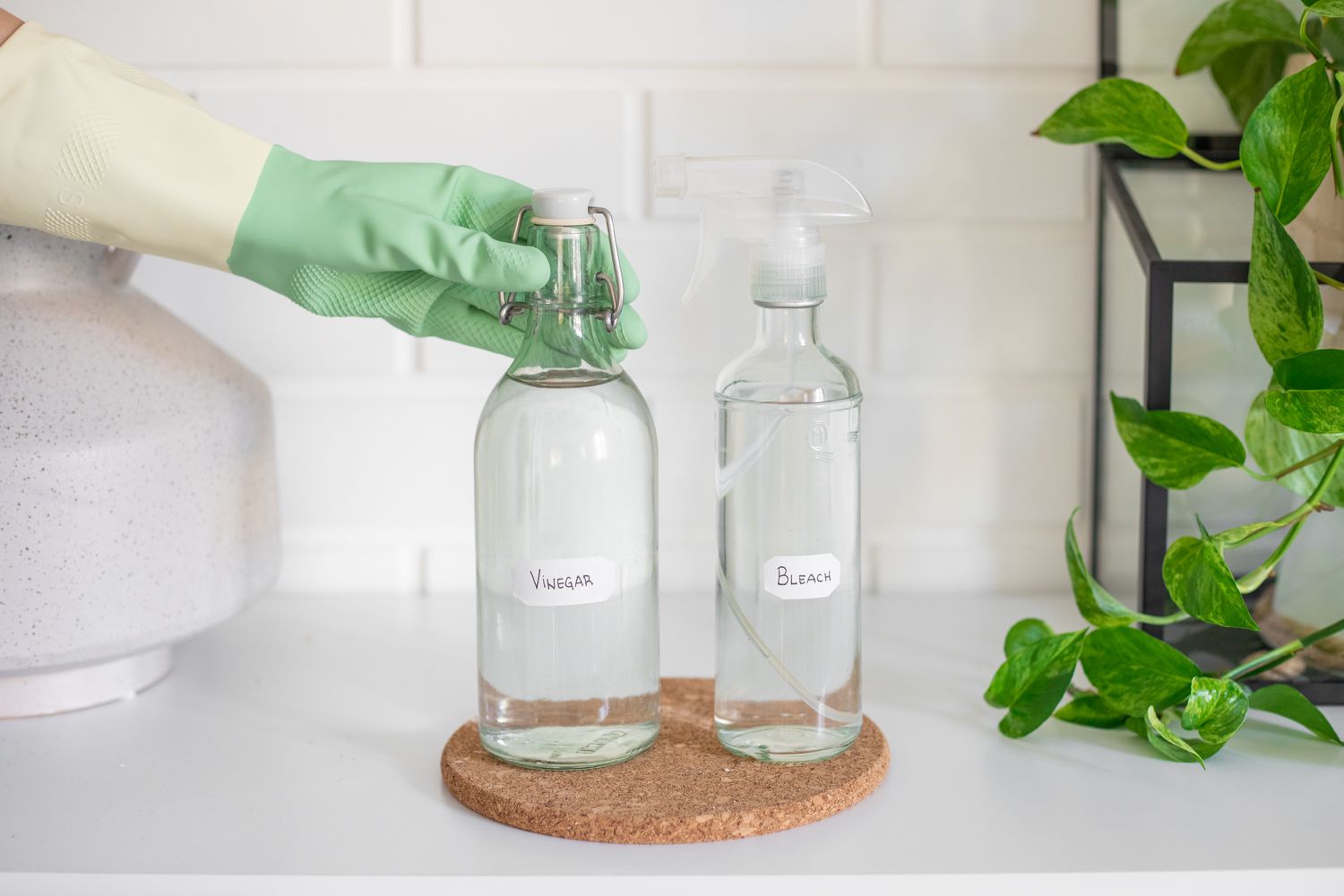

Laundry Appliances
How To Clean Your Washing Machine With Bleach And Vinegar
Modified: March 2, 2024
Learn how to effectively clean your laundry appliances using a combination of bleach and vinegar. Keep your washing machine in top condition with these simple steps.
(Many of the links in this article redirect to a specific reviewed product. Your purchase of these products through affiliate links helps to generate commission for Storables.com, at no extra cost. Learn more)
Introduction
Cleaning your washing machine may not be the first thing that comes to mind when you think about household chores, but it's an essential task that can have a significant impact on the cleanliness of your laundry. Over time, washing machines can accumulate dirt, grime, and residue from detergent and fabric softener, leading to unpleasant odors and affecting the performance of the machine. To combat these issues, a simple and effective solution involves using common household items such as bleach and vinegar to thoroughly clean your washing machine.
Regular cleaning of your washing machine not only ensures that your laundry comes out fresh and clean but also helps to maintain the appliance's longevity and efficiency. By removing built-up residue and eliminating mold and mildew, you can prevent potential malfunctions and costly repairs down the line. Additionally, a clean washing machine contributes to better hygiene by preventing the transfer of bacteria and odors onto your clothes.
In this comprehensive guide, we will walk you through the step-by-step process of cleaning your washing machine using bleach and vinegar. By following these instructions and incorporating regular maintenance into your laundry routine, you can keep your washing machine in top condition and enjoy fresh, clean laundry every time. Let's dive into the details of why cleaning your washing machine is crucial and the materials you'll need to get started.
Key Takeaways:
- Regularly cleaning your washing machine with bleach and vinegar removes odors, prevents bacteria transfer, and improves energy efficiency, ensuring fresh and hygienic laundry for you and your family.
- Simple maintenance practices like wiping the door seal and running maintenance washes help maintain a clean washing machine, promoting longevity and consistently fresh laundry.
Read more: How To Clean Washer With Vinegar
Why Clean Your Washing Machine
Cleaning your washing machine is a crucial yet often overlooked task that directly impacts the cleanliness and freshness of your laundry. Over time, washing machines can accumulate dirt, grime, and residue from detergents, fabric softeners, and soiled clothing. This buildup can lead to several issues that affect both the performance of the machine and the quality of your laundry.
One of the primary reasons to clean your washing machine is to combat unpleasant odors. The accumulation of detergent residue, fabric softener, and dirt can create a breeding ground for mold and mildew, resulting in a musty smell that can transfer onto your clothes. By regularly cleaning your washing machine, you can eliminate these odors and ensure that your laundry comes out smelling fresh and clean.
Moreover, a clean washing machine contributes to the longevity and efficiency of the appliance. The presence of residue and mold can affect the machine's internal components, leading to potential malfunctions and decreased performance. Regular cleaning helps to prevent these issues, ultimately extending the lifespan of your washing machine and reducing the likelihood of costly repairs.
In addition to maintaining the machine's functionality, cleaning your washing machine is essential for hygiene purposes. The presence of mold, mildew, and bacteria in a dirty washing machine can transfer onto your clothes, compromising their cleanliness and potentially causing skin irritation. By keeping your washing machine clean, you can ensure that your laundry is free from harmful contaminants, promoting better overall hygiene for you and your family.
Furthermore, a clean washing machine contributes to energy efficiency. When the machine's components are free from residue and buildup, it operates more efficiently, leading to lower energy consumption and reduced utility costs. By incorporating regular cleaning into your laundry routine, you can contribute to a more sustainable and cost-effective household.
Overall, the importance of cleaning your washing machine cannot be overstated. From eliminating odors and maintaining efficiency to promoting hygiene and energy savings, regular cleaning is a simple yet impactful way to ensure that your laundry comes out fresh, clean, and free from potential contaminants. Now that we understand the significance of cleaning your washing machine, let's explore the materials needed to get started.
Materials Needed
To effectively clean your washing machine using bleach and vinegar, you will need a few simple yet essential materials. These items are readily available in most households or can be easily obtained from a local store. By gathering the following materials, you can ensure a thorough and successful cleaning process for your washing machine.
White Vinegar
White vinegar is a versatile and natural cleaning agent that is highly effective in removing mineral deposits, mold, and mildew. Its acidic properties make it an excellent solution for breaking down residue and eliminating odors within the washing machine. When used in combination with other cleaning agents, white vinegar can help restore the cleanliness and freshness of the appliance.
Bleach
Bleach is a powerful disinfectant and sanitizer that is commonly used to eliminate bacteria, mold, and mildew. When used in the cleaning process, bleach can effectively sanitize the interior of the washing machine, ensuring that harmful contaminants are eradicated. It is important to use bleach in the appropriate concentration and follow safety guidelines to achieve optimal results without damaging the machine.
Read more: How To Clean A Washing Machine With Vinegar
Microfiber Cloth or Sponge
A microfiber cloth or sponge is essential for physically scrubbing and wiping down the interior surfaces of the washing machine. These soft yet durable cleaning tools are ideal for removing stubborn residue and grime without causing damage to the machine's components. Additionally, they can be easily washed and reused for future cleaning sessions, making them a sustainable choice for maintaining a clean washing machine.
Old Toothbrush
An old toothbrush serves as a handy tool for reaching tight spaces and crevices within the washing machine. Its small bristles allow for detailed scrubbing, making it effective for targeting areas that are difficult to access with larger cleaning tools. By using an old toothbrush, you can ensure that every nook and cranny of the washing machine is thoroughly cleaned, leaving no residue behind.
Hot Water
Hot water is a valuable ally in the cleaning process, as it helps to dissolve and rinse away dirt, grime, and cleaning agents. When combined with the cleaning solutions, hot water enhances their effectiveness and aids in the removal of built-up residue. Additionally, hot water contributes to the overall sanitation of the washing machine, ensuring that it is left clean and free from contaminants.
By gathering these materials, you will be well-equipped to embark on the journey of cleaning your washing machine with bleach and vinegar. With these essential items at your disposal, you can proceed to the step-by-step guide and restore your washing machine to a state of cleanliness and freshness.
Step-by-Step Guide
-
Prepare the Washing Machine: Start by ensuring that the washing machine is empty and free from any laundry or items. This provides unobstructed access to the interior of the machine for thorough cleaning.
-
Mix the Cleaning Solution: In a small container, mix 1/2 cup of white vinegar with 1/2 cup of bleach. This combination creates a potent cleaning solution that effectively targets residue, mold, and mildew within the washing machine.
-
Pour the Solution: Carefully pour the vinegar and bleach mixture into the detergent dispenser or directly into the washing machine drum. Ensure that the solution is distributed evenly to cover the interior surfaces.
-
Run a Hot Water Cycle: Set the washing machine to run a hot water cycle. The elevated temperature of the water enhances the cleaning power of the solution and aids in dissolving and removing built-up residue and contaminants.
-
Pause and Soak: Once the washing machine is filled with the cleaning solution and hot water, pause the cycle and allow the solution to soak for approximately 1 hour. This extended contact time ensures that the cleaning agents effectively penetrate and break down stubborn residue.
-
Scrub the Interior: While the machine is paused, use a microfiber cloth or sponge to scrub the interior surfaces of the washing machine. Pay close attention to areas prone to residue buildup, such as the rubber door seal and detergent dispenser. For tight spaces and crevices, utilize an old toothbrush to ensure thorough cleaning.
-
Resume the Cycle: After the soaking period, resume the hot water cycle to allow the machine to complete the cleaning process. The agitation of the water and movement of the drum help to dislodge loosened residue and ensure comprehensive cleaning.
-
Wipe Down Exterior Surfaces: While the machine is running the cycle, take the opportunity to wipe down the exterior surfaces of the washing machine using a clean cloth and a mild detergent solution. This step adds a finishing touch to the cleaning process, leaving the entire appliance looking refreshed.
-
Final Rinse Cycle: Once the cleaning cycle is complete, run an additional rinse cycle with hot water to ensure that any remaining cleaning solution is thoroughly flushed out of the machine. This step helps to eliminate any lingering odors and residues.
-
Air Dry: After completing the cleaning and rinsing cycles, leave the washing machine door open to allow the interior to air dry completely. This helps to prevent the development of mold and mildew and ensures that the machine is ready for future use.
By following these step-by-step instructions, you can effectively clean your washing machine using bleach and vinegar, restoring its cleanliness and ensuring that your laundry comes out fresh and free from unwanted odors and residues. Regular maintenance and cleaning will contribute to the longevity and efficiency of your washing machine, providing you with consistently clean and hygienic laundry.
Read more: How To Clean A Front Load Washer With Bleach
Tips for Maintaining a Clean Washing Machine
Maintaining a clean washing machine goes beyond the occasional deep cleaning with bleach and vinegar. To ensure that your appliance continues to operate efficiently and deliver fresh, clean laundry, it's essential to incorporate regular maintenance practices into your laundry routine. Here are some valuable tips for maintaining a clean washing machine:
1. Wipe Down the Door Seal
After each laundry cycle, take a moment to wipe down the rubber door seal of the washing machine. This area is prone to moisture retention, making it a potential breeding ground for mold and mildew. By using a clean cloth or towel to dry the seal and remove any moisture, you can prevent the development of unpleasant odors and maintain a hygienic environment within the machine.
2. Leave the Door Ajar
Allowing the washing machine door to remain slightly ajar between laundry cycles promotes air circulation within the appliance. This simple practice helps to prevent the buildup of moisture and inhibits the growth of mold and mildew. By keeping the interior of the machine dry, you can contribute to its cleanliness and prevent the development of musty odors.
3. Clean the Detergent Dispenser
Regularly remove and clean the detergent dispenser drawer to prevent the accumulation of detergent residue and fabric softener. Use warm, soapy water and a brush to scrub the dispenser, ensuring that it is free from buildup that can affect the performance of the washing machine and contribute to odors in the laundry.
4. Run Maintenance Washes
Periodically run maintenance washes using hot water and a washing machine cleaner or a mixture of vinegar and baking soda. This practice helps to remove any lingering residue, mineral deposits, and odors from the interior of the machine. Additionally, it contributes to the overall cleanliness and efficiency of the washing machine.
5. Check and Clean the Filter
If your washing machine is equipped with a lint or debris filter, inspect it regularly and remove any accumulated lint, hair, or debris. A clogged filter can impede drainage and lead to unpleasant odors. By keeping the filter clean, you can ensure proper water drainage and prevent potential issues with the machine.
6. Use the Right Detergent
Selecting the appropriate detergent for your laundry needs and the type of washing machine you have is crucial for maintaining cleanliness. Using too much detergent can lead to residue buildup, while using the wrong type of detergent may not effectively clean the machine. Follow the manufacturer's recommendations and adjust the detergent amount based on the load size and soil level.
By incorporating these tips into your laundry routine, you can maintain a clean washing machine and ensure that it continues to deliver fresh, hygienic laundry. These simple practices contribute to the longevity and efficiency of the appliance, providing you with consistently clean and odor-free laundry.
Conclusion
In conclusion, maintaining a clean washing machine is essential for ensuring the freshness and cleanliness of your laundry, as well as the longevity and efficiency of the appliance. By utilizing common household items such as bleach and vinegar, you can effectively remove built-up residue, mold, and mildew from the interior of the washing machine, resulting in odor-free and hygienic laundry. The step-by-step guide provided in this article offers a comprehensive approach to cleaning your washing machine, empowering you to restore its cleanliness and performance with ease.
Regular cleaning and maintenance of your washing machine not only contribute to the quality of your laundry but also promote a healthier and more sustainable household. By eliminating odors, preventing the transfer of bacteria onto clothes, and improving energy efficiency, a clean washing machine positively impacts both your daily laundry routine and the overall environment within your home.
Furthermore, the tips for maintaining a clean washing machine offer practical and proactive measures to uphold the appliance's cleanliness between deep cleaning sessions. By incorporating these tips into your laundry routine, you can ensure that your washing machine continues to operate at its best, delivering consistently fresh and hygienic laundry for you and your family.
In essence, the process of cleaning your washing machine with bleach and vinegar, coupled with regular maintenance practices, serves as a proactive investment in the cleanliness, efficiency, and longevity of your appliance. By embracing these practices, you can enjoy the peace of mind that comes with knowing your laundry is consistently fresh and free from unwanted odors and contaminants.
Incorporating the knowledge and techniques shared in this guide into your household routine will not only enhance the performance and lifespan of your washing machine but also contribute to a cleaner, healthier, and more sustainable living environment. With a clean washing machine at the heart of your laundry process, you can confidently tackle the daily chore of laundry while enjoying the fresh, clean results that come with a well-maintained appliance.
Frequently Asked Questions about How To Clean Your Washing Machine With Bleach And Vinegar
Was this page helpful?
At Storables.com, we guarantee accurate and reliable information. Our content, validated by Expert Board Contributors, is crafted following stringent Editorial Policies. We're committed to providing you with well-researched, expert-backed insights for all your informational needs.
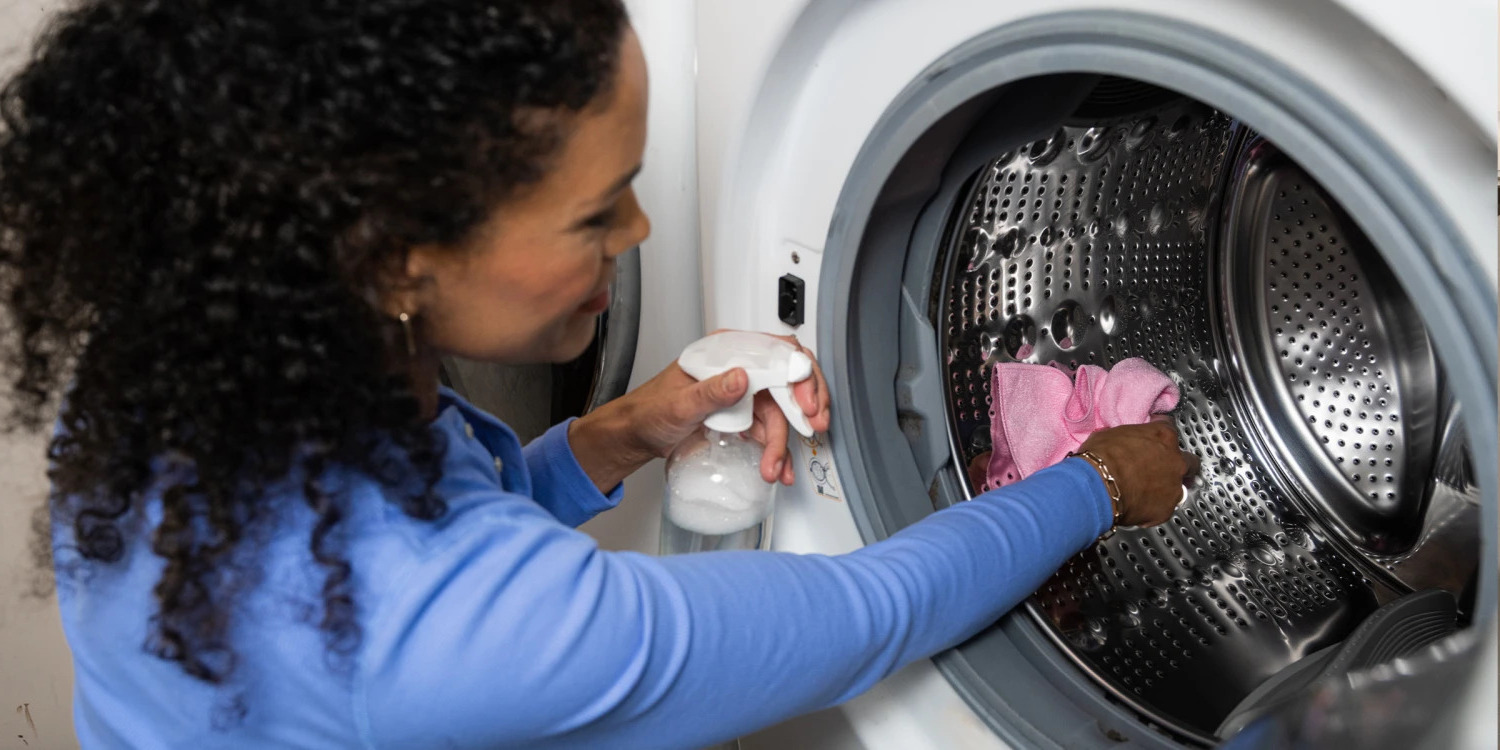
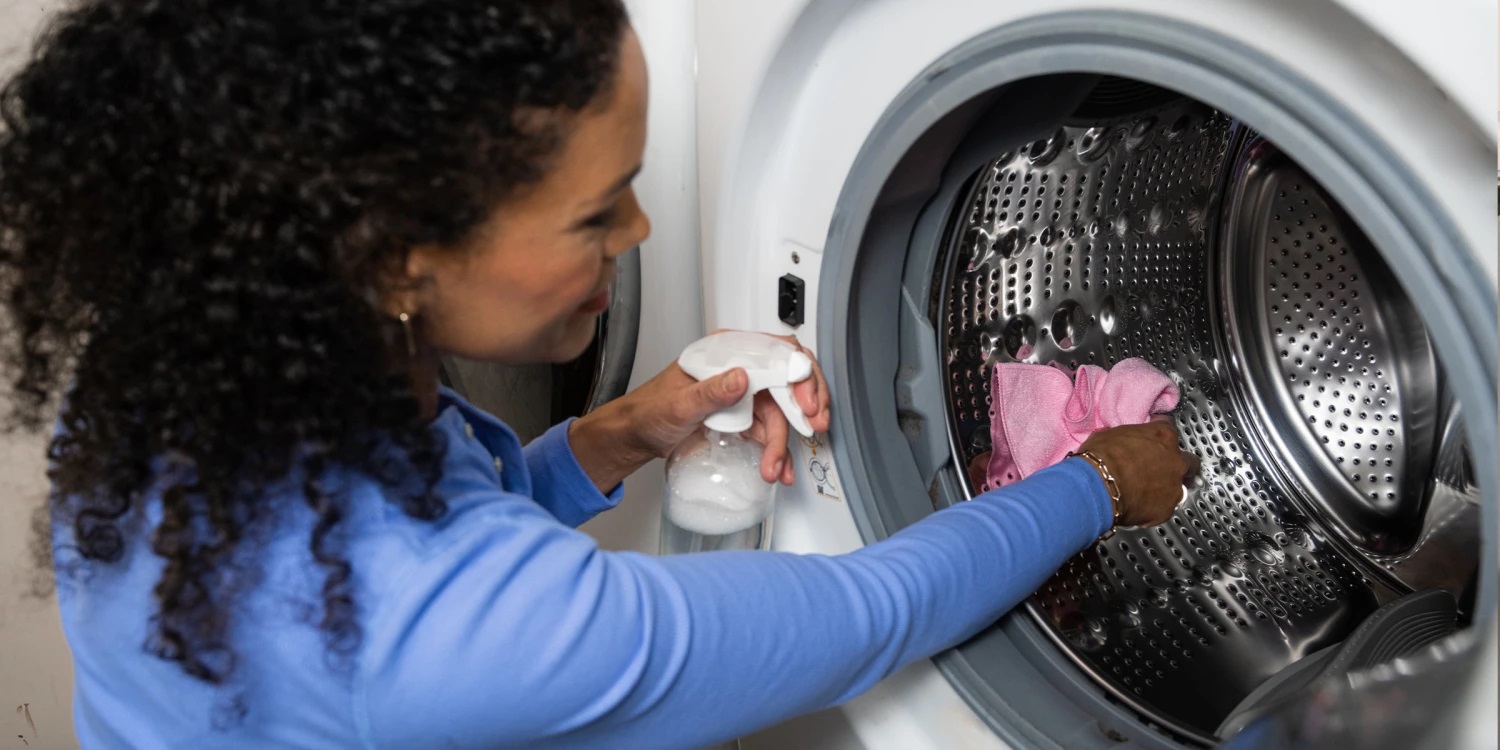
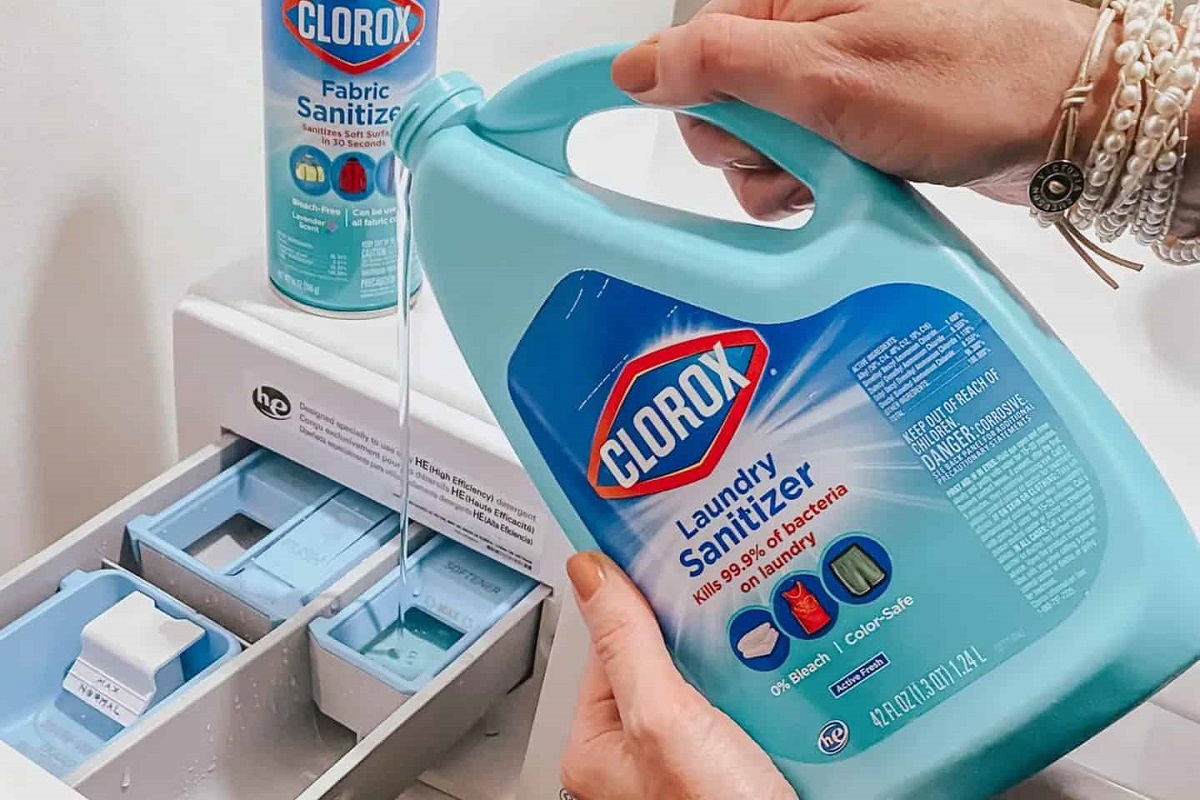
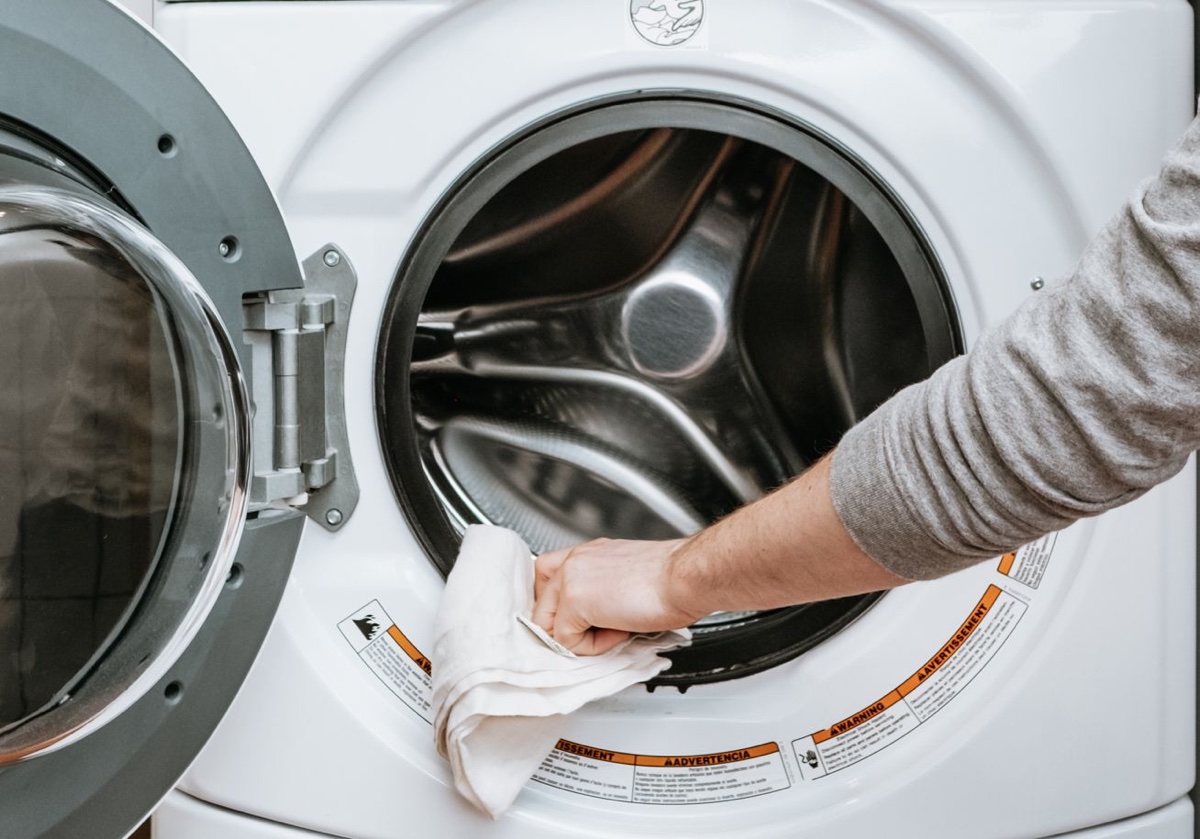
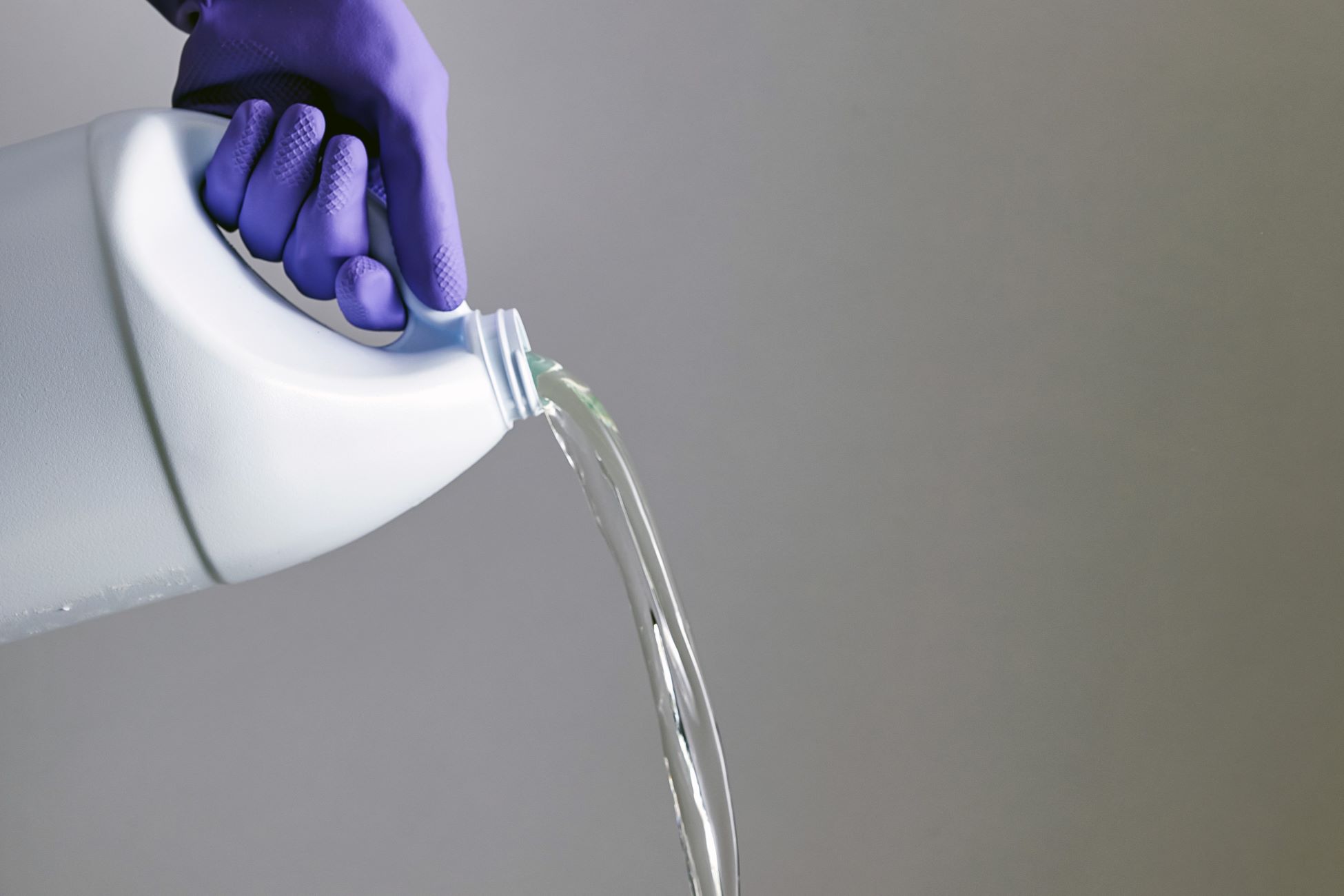
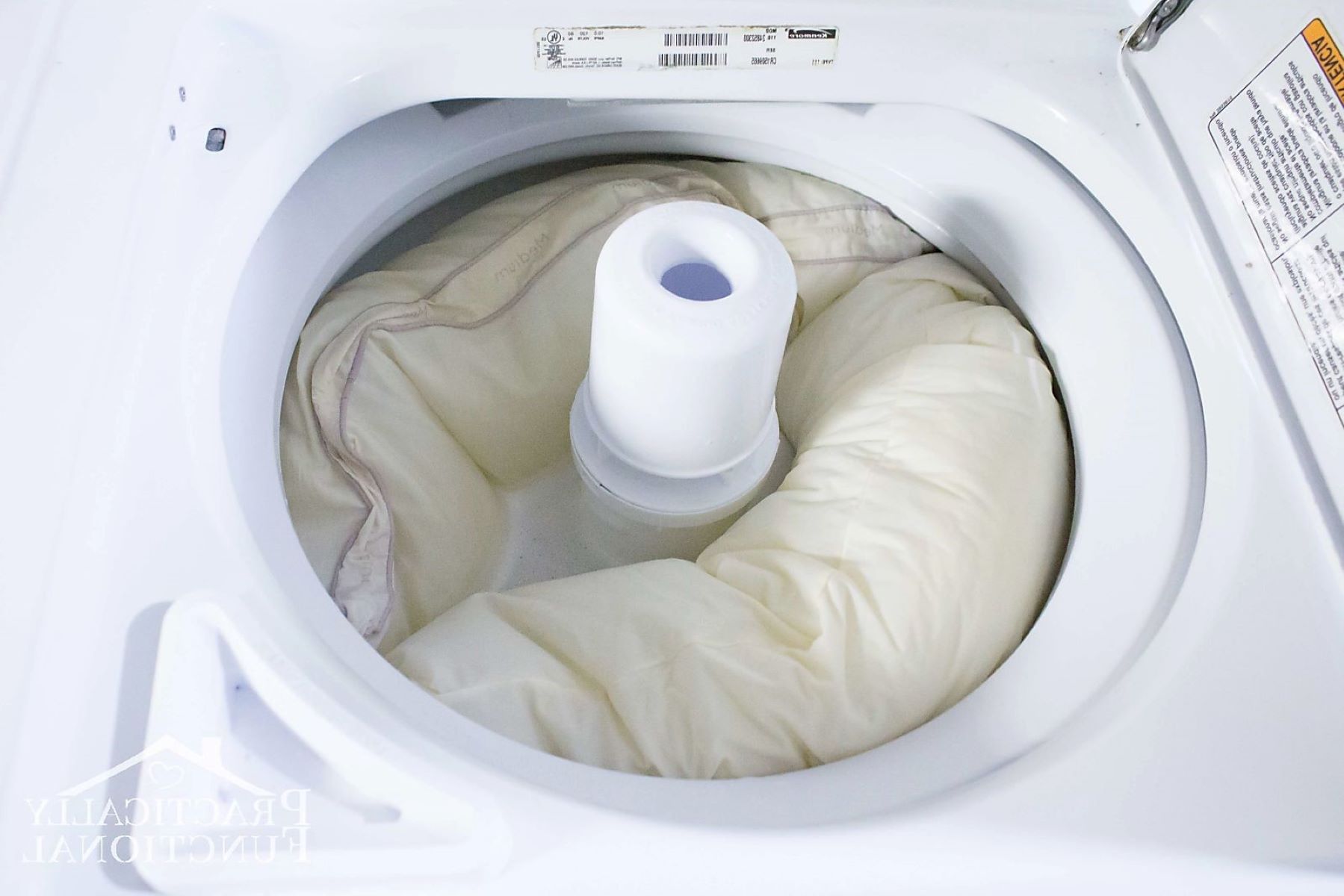
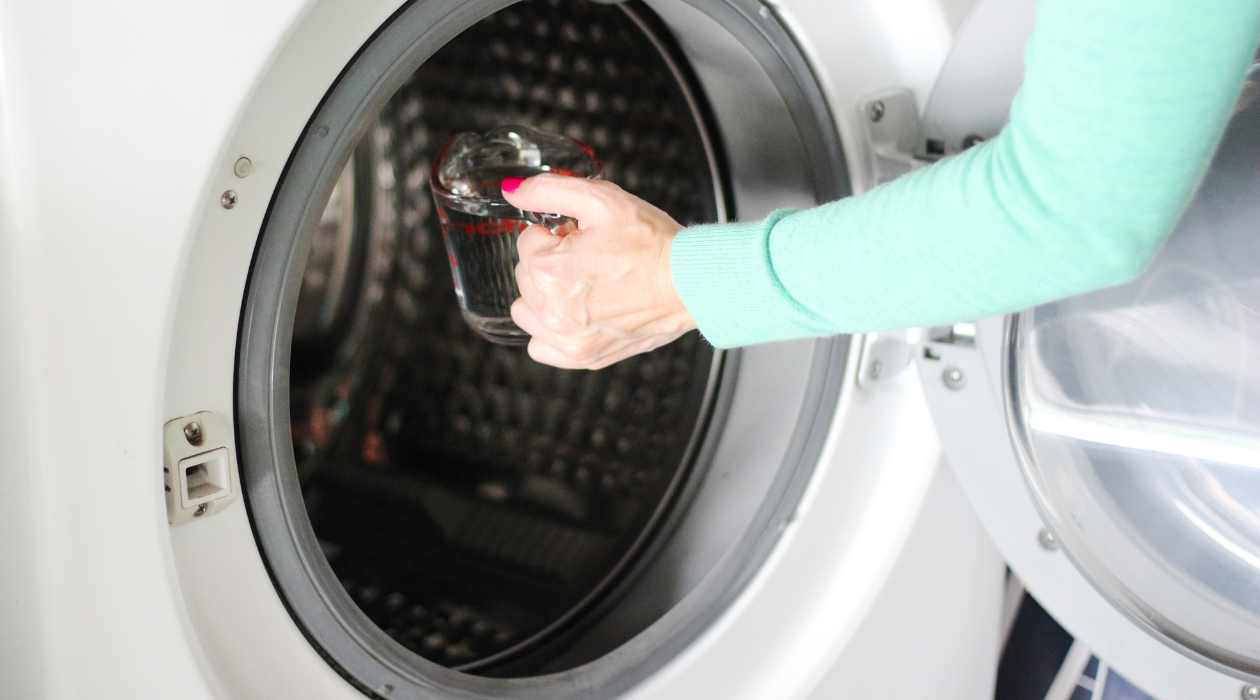
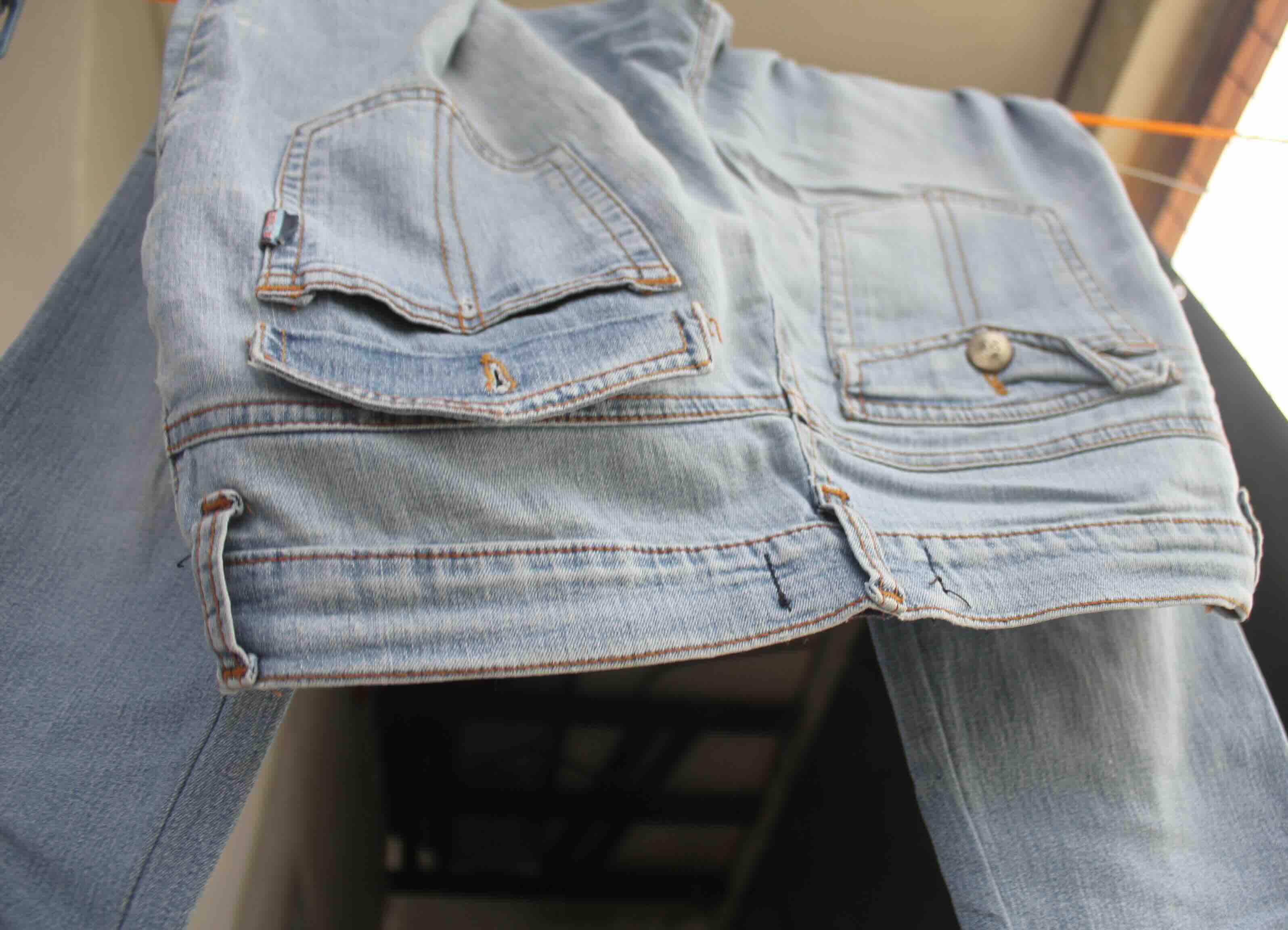
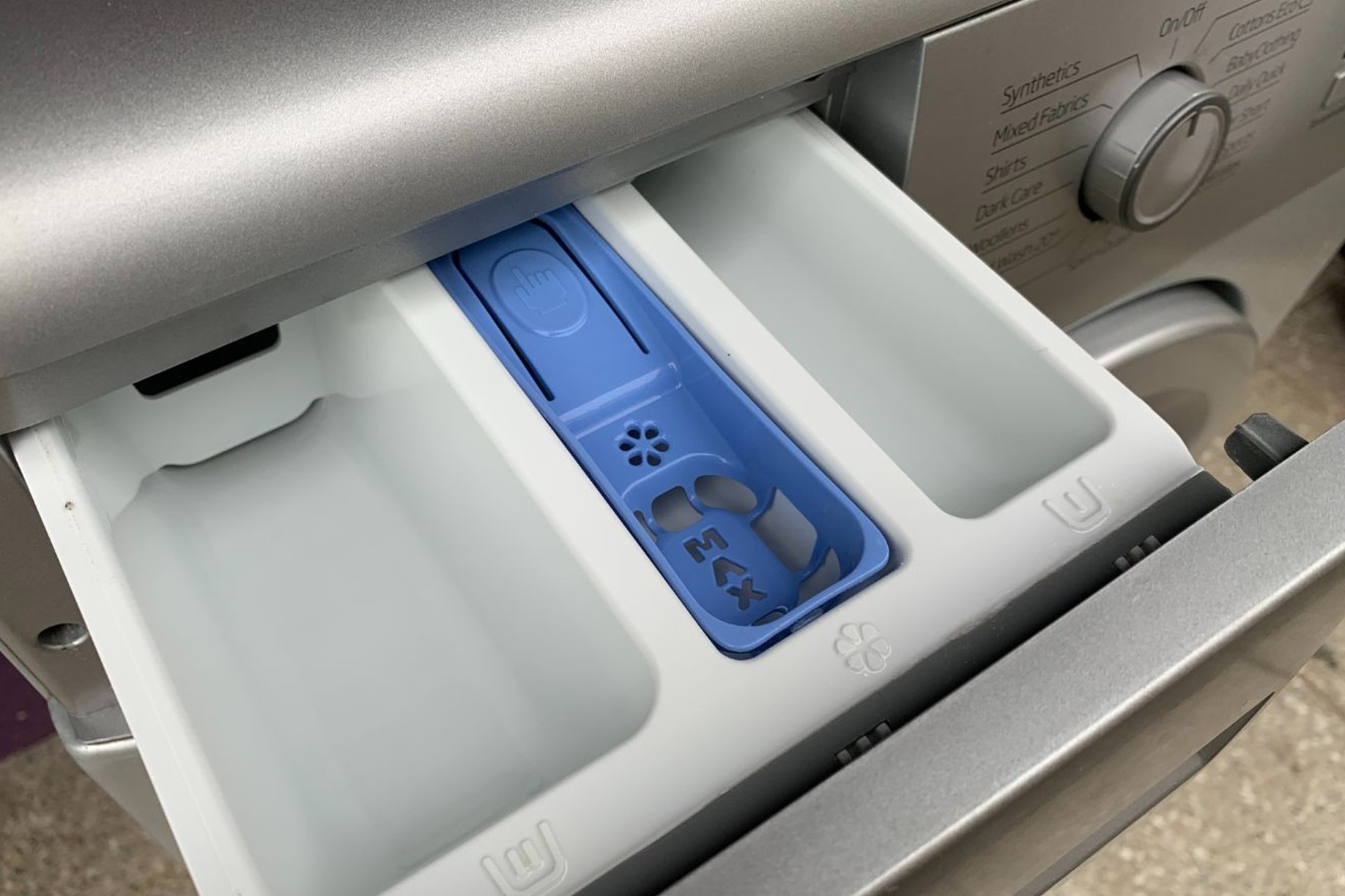
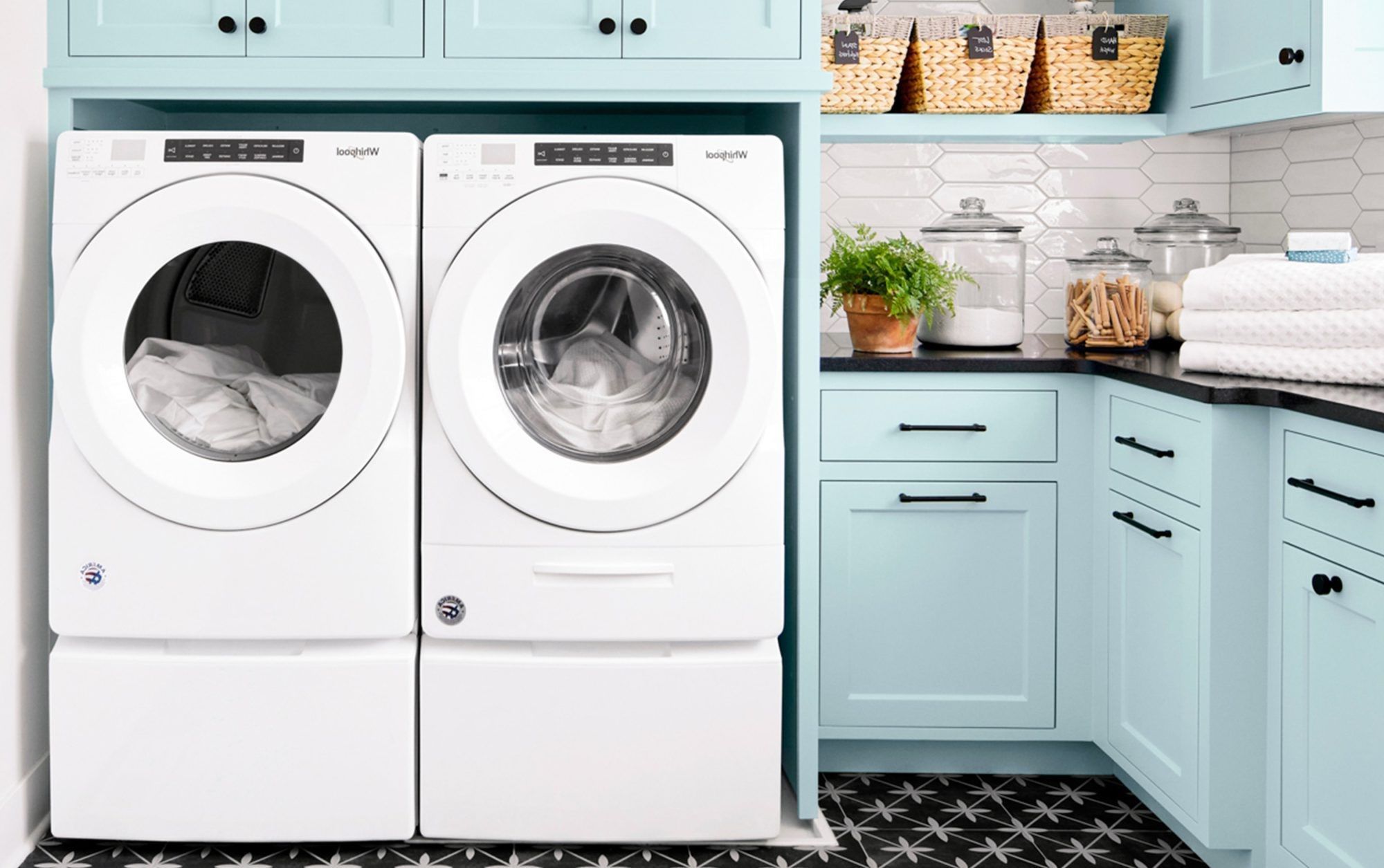
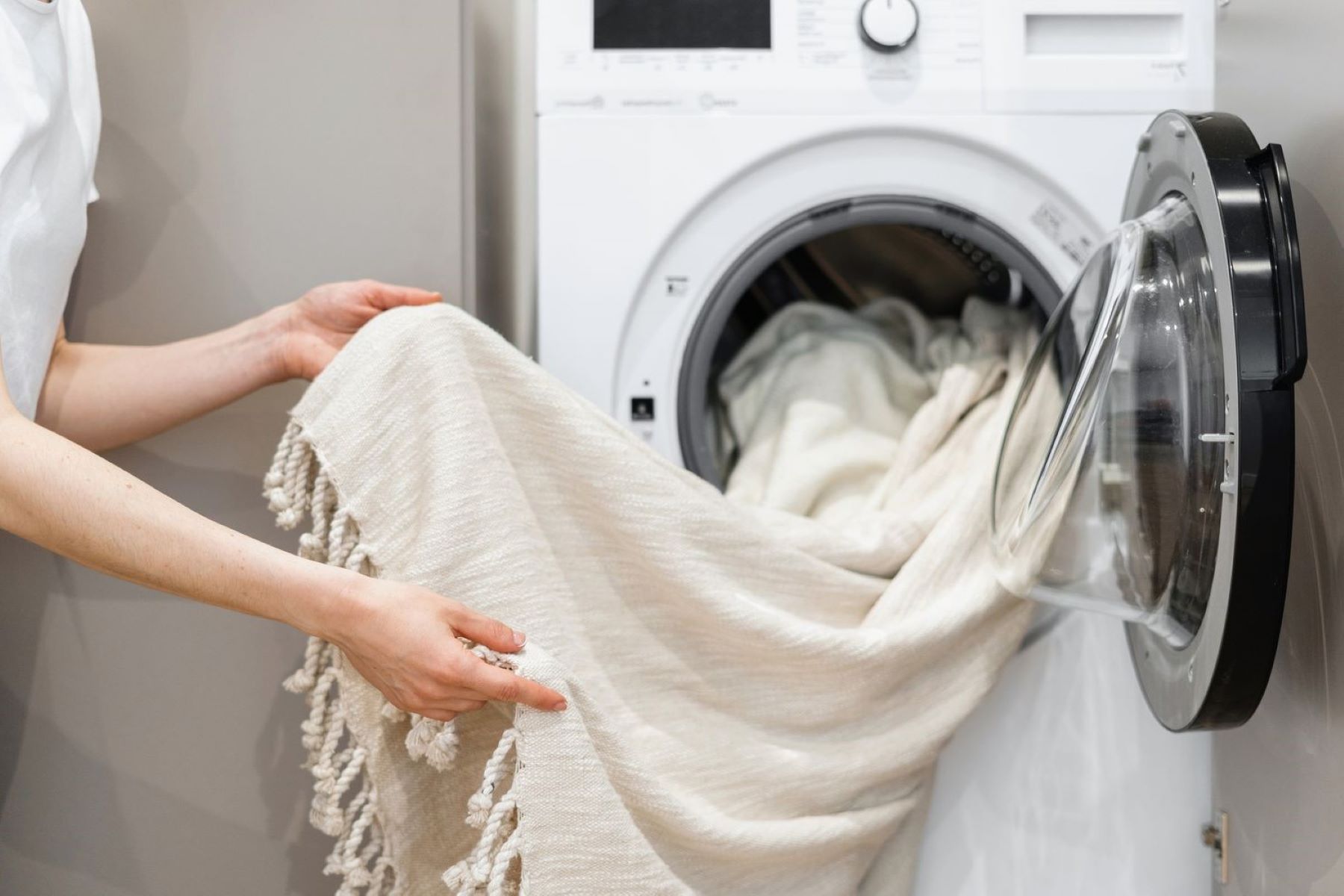
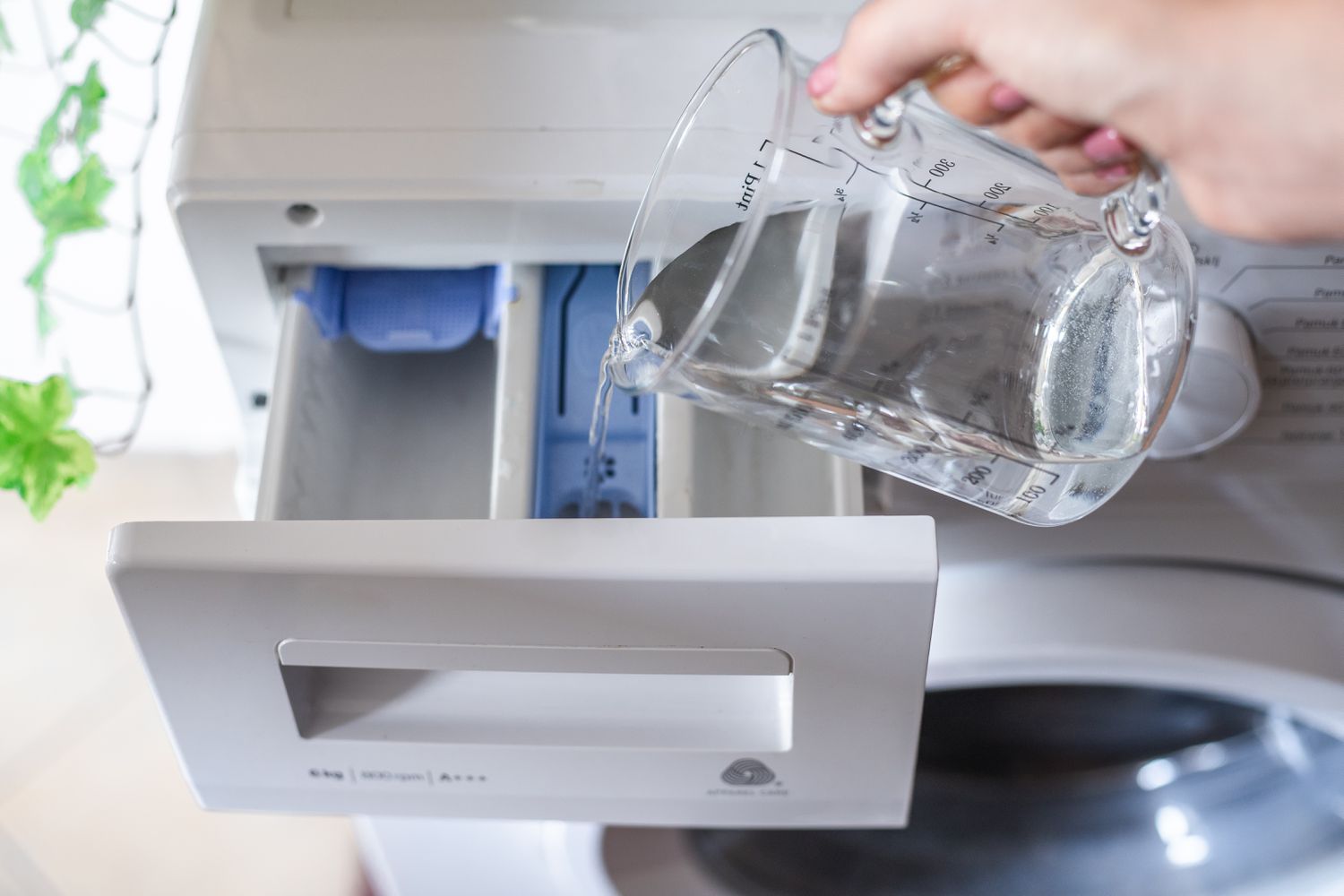

0 thoughts on “How To Clean Your Washing Machine With Bleach And Vinegar”